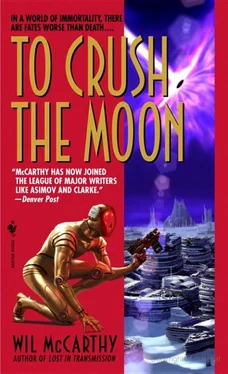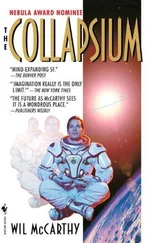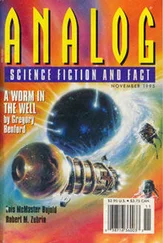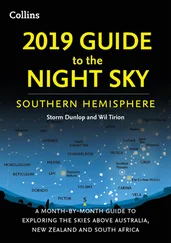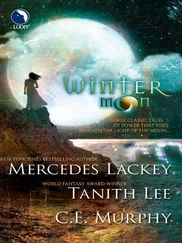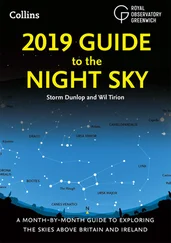Impervium—(n) Public domain wellstone substance; the hardest superreflector known.
Indeceased—(n, adj) Luner colloquialism for senile Olders who are incapable of useful learning or work.
Instantiate(also Print )—(v) To produce a single instance of a person or object; to fax from a stored or received pattern.
Instelnet—(prop n) The low-bandwidth lightspeed data network connecting the Queendom of Sol and its thirteen colony systems.
Judder—(v, n) To vibrate energetically. As a noun, a motion artifact produced when stored images are played back incorrectly. Judder can be employed deliberately as part of an error-correction scheme in defective fax machine print plates.
Juke—(v) To move unexpectedly out of position. Colloquially, to cheat or deceive.
kps—(abbrev.) Kilometers per second, a measure of velocity for celestial bodies and interplanetary/interstellar vehicles. The speed of light is 300,000 kps. (Also kips, kiss).
Kuiper Belt—(n) A ring-shaped region in the ecliptic plane of any solar system, in which gravitational perturbations have amplified the concentration of large, icy bodies or “comets.” Sol’s Kuiper Belt extends from 40 AU at its lower boundary to 1000 AU at its upper, and has approximately one-fourth the overall density of the much smaller Asteroid Belt. The total mass of the Kuiper Belt exceeds that of Earth.
Light-minute—(n) The distance traveled by light through a standard vacuum in one minute: 17,987,547.6 kilometers or 0.12 AU.
Light-year—(n) The distance traveled by light through a standard vacuum in one year: 9.4607 trillion kilometers or 63,238 AU.
Luna—(prop n) Original name of Earth’s moon.
Lune(also The Squozen Moon, The Half Moon )—(prop n) Name attaching to Earth’s moon following the terraforming operations which reduced its diameter from 3500 to 1400 kilometers.
Malo e lelei—Traditional Tongan greeting widely used within the Queendom. Literally: “Thank you for coming.”
Matter programming—(n) The discipline of arranging, sequencing, and utilizing pseudomaterials in a wellstone or other programmable-matter matrix, often including the in situ management of energy and computing resources.
Mechsprach —(n) Any spoken accent or dialect reserved for use by machines, to distinguish them from human or human-derived speakers.
Metastable—(adj) Existing in an unstable state which is transient but relatively long-lived.
Microbar—(n) A measure of atmospheric pressure, equivalent to one-millionth of an Earth atmosphere at sea level. Partial pressures of oxygen must reach approximately 70,000 microbars to be considered breathable.
Millibar—(n) A measure of atmospheric pressure, equivalent to one-thousandth of an Earth atmosphere at sea level. Partial pressures of oxygen in the 70 millibar range are generally considered breathable.
Nasen—(n) An acronym: Neutrino Amplification through Stimulated EmissioN. A monochromatic beam of high-energy neutrinos, sometimes employed for interplanetary communication thanks to its extremely small divergence angle. However, the difficulty of generating such a beam, plus its ready interactions with matter, limit its usefulness except as a weapon.
Naturalist—(n, adj) Adherent to the belief that natural events and processes are preferable to artificial ones. Naturalists may or may not also be deathists.
Neoteny—(n) The retention of juvenile characteristics (usually physical) into adulthood.
Nescog, The—(prop. n) NEw Systemwide COllapsiter Grid. Sol system’s successor to the Inner System Collapsiter Grid or Iscog; an ultrahigh-bandwidth telecommunications network employing numerous supraluminal signal shunts.
Neuble—(n) A diamond-clad neutronium sphere, explosively formed, usually incorporating one or more layers of wellstone for added strength and versatility. A standard industrial neuble masses one billion metric tons, with a radius of 2.67 centimeters.
Neutronium—(n) Matter which has been supercondensed, crushing nuclear protons and orbital electron shells together into a continuous mass of neutrons. Unstable except at very high pressures. Any quantity of neutronium may be considered a single atomic nucleus; however, under most conditions the substance will behave as a superfluid.
Neutronium barge (also Neutronium Dredge)—(n) A space vessel, typically one billion cubic meters (1000 x 1000 x 1000 m) or larger, whose primary function is to gather mass, supercompress it into neutronium, and transport it to a depot or work site. Although less numerous, smaller neutronium barges also existed for transport only.
Nubia—(prop n) Subtropical Luner nation of the southern hemisphere, on the former Nearside, with a population of approximately 100 million.
Older—(prop n) Informal title or ethnic slur applied to immorbid Queendom residents by the morbid, mortal peoples of Lune.
Ophiuchus—(prop n) A large, dim, nonzodiacal constellation, “The Snake Holder,” beginning between Scorpius and Sagittarius near the Sol Ecliptic Plane and extending some 50 degrees northward.
Petabyte—(n) A measure of data storage equal to 10 15bytes or eight quadrillion digital bits.
Philander—(n) A title granted to formal consorts of the Queen of Sol. Only four philanders were ever named.
Photochromic—(adj) Changing color under the influence of light.
Photosail—(n) Any nearly two-dimensional device whose primary function is to derive mechanical energy from the pressure of reflected light, including sunlight, starlight, and radiation from artificial sources. The term “solar sail” is sometimes applied colloquially, but in fact solar sails are a subset of photosails.
Photosphere—(n) The hot, opaque, convectively stable plasma layer of a star beginning at the photopause, responsible for most thermal and visible emissions. Usually less than 1000 kilometers deep, with temperatures of several thousand kelvins and the approximate pressure of Earth’s stratosphere. The photosphere floats atop the deep hydrogen convection zones of the stellar interior.
Photovoltaic—(adj) Capable of generating an electrical voltage with the input of light energy, through the liberation of bound electrons in a preferred direction. In many isolated devices, wellstone pseudomaterials must be photovoltaic in order to maintain their other properties using ambient radiation.
Picometer—(n) A measure of distance, equal to 10 -12meters or one-billionth of a millimeter.
Planette—(n) Any artificial celestial body consisting of a stony or earthy lithosphere surrounding a core or shell of supercondensed (neutronic) matter. The vast majority of planettes are designed for human habitation, and include Earthlike surface gravity and breathable atmospheres.
Plibbles—(n) Fruits of the plibble tree.
Plurality—(n) The condition of existing in more than one physical instantiation under the same identity, e.g., with intent to reconverge the copies at a later time.
Positronium—(n) A material consisting of “atoms” made from one electron and one positron orbiting their mutual center of attraction. Unstable in free space, positronium is generally stored in magnetic nanobottles between the fibers of bulk wellstone.
Читать дальше
